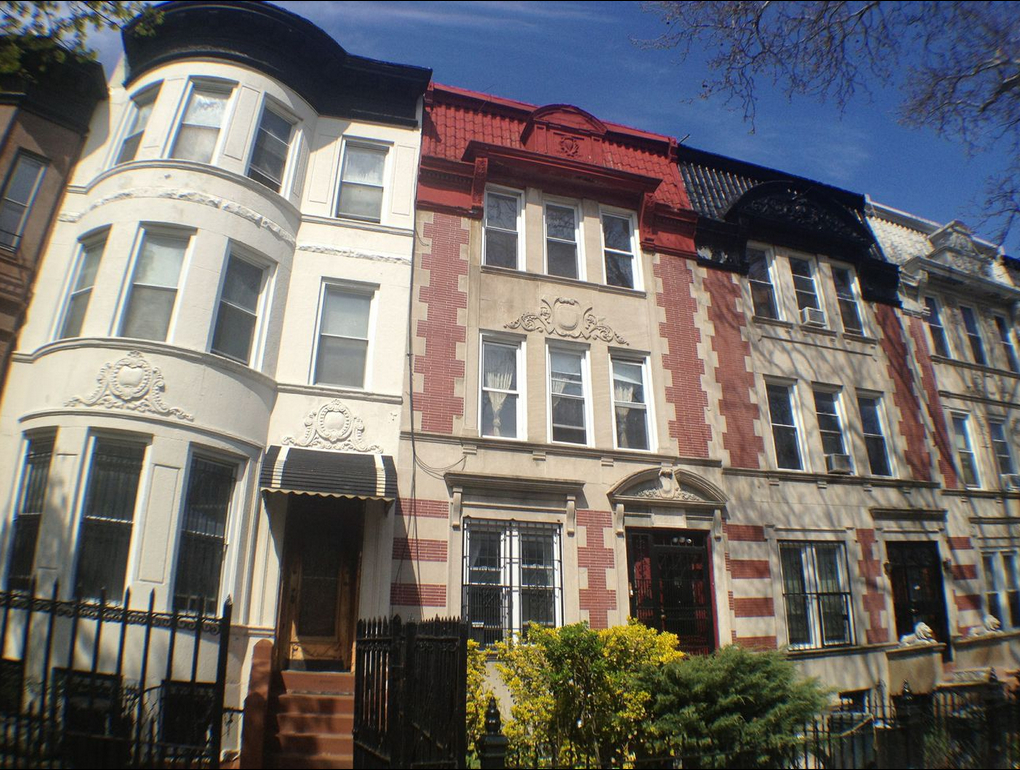‘Gentrification’ spreads nationwide and lands in new Brooklyn neighhborhoods
From Jersey City to Chattanooga to Bedford-Stuyvesant, Brooklyn set the pace

All of this may be old hat to Brooklynites, where “gentrification” has been moving with a seeming inevitability since the 1970s, but cities across America — as well as additional Brooklyn neighborhoods — are now embracing upscale change, as the Associated Press reports—
JERSEY CITY — To many longtime Jersey City residents, there’s no better mascot than their mayor, a colorful veteran of the region’s rough-and-tumble politics who released an album of Christmas classics while in office.
But there’s a relative newcomer giving the mayor a run for his money in a race that embodies the changes happening as young urbanites flock to northern New Jersey, looking for some relief from New York City’s oppressive rents while still living in an urban area in its orbit.
